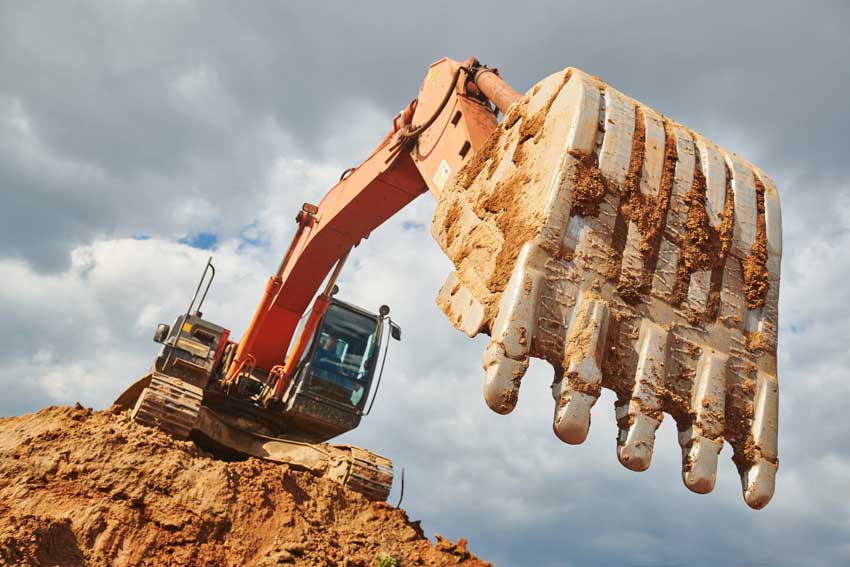
Excavation is a critical step in many construction projects, from building foundations and roads to laying utility lines and drainage systems. However, before any digging begins, thorough planning is necessary to ensure the project is executed safely, efficiently, and in compliance with regulations. The planning stage of an excavation project involves site evaluation, obtaining permits, safety preparations, and logistical coordination. Each of these steps plays a vital role in minimizing risks and ensuring the project’s success.
Site evaluation and surveying
The first step in planning an excavation project is evaluating the site. This process includes land surveying, soil testing, and identifying potential obstacles. Surveying helps determine the topography of the area, while soil testing assesses the stability and composition of the ground. Different soil types—such as clay, sand, or rock—affect excavation methods and equipment choices. The presence of groundwater or unstable soil conditions may require additional planning to prevent collapses or erosion.
Obtaining permits and regulatory compliance
Excavation projects must comply with local, state, and federal regulations. This requires obtaining the necessary permits from municipal authorities, environmental agencies, or other governing bodies. Permitting ensures that the project aligns with zoning laws, environmental protections, and safety standards. Additionally, contractors must check for underground utilities by coordinating with utility companies or using services like 811 (in the U.S.) to prevent accidental damage to water, gas, or electrical lines.
Developing a safety plan
Safety is a top priority in any excavation project. The planning stage includes conducting risk assessments to identify potential hazards, such as cave-ins, equipment malfunctions, or exposure to hazardous materials. Proper protective measures, such as trench boxes, shoring, and slope design, are determined to prevent collapses. Personal protective equipment (PPE) requirements are also established for workers. Additionally, emergency response plans are developed in case of accidents or unexpected complications.
Selecting equipment and assigning roles
Once the site has been assessed and safety measures are in place, the appropriate excavation equipment is selected. This can range from backhoes and bulldozers for small projects to large excavators and trenchers for deeper and more complex digging. The workforce is also assigned specific roles, including machine operators, surveyors, and safety inspectors. Efficient coordination among team members ensures that the project runs smoothly and meets deadlines.
Logistics and environmental considerations
Planning also involves determining where excavated materials will be stored or transported. If hazardous materials or contaminated soil are present, proper disposal methods must be followed. Additionally, erosion control measures may be implemented to prevent runoff from affecting nearby land or waterways.
Conclusion
The planning phase of an excavation project is crucial for ensuring safety, regulatory compliance, and efficiency. By thoroughly evaluating the site, securing permits, developing safety protocols, and organizing resources, project managers can minimize risks and complete excavation work successfully. Proper planning sets the foundation for a smooth excavation process, reducing costly delays and potential hazards.
